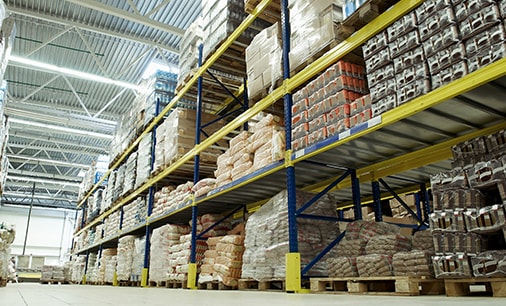Hygiene and Safety Standards for Food Pallets: A Comprehensive Guide
Discovering that the food pallets you’ve sent to your customers are contaminated can be incredibly distressing. Regrettably, this scenario carries both reputational and health hazards that could harm your business and discourage customers from ordering from you again.

However, by staying informed about hygiene and safety standards for food pallets, you can prevent ever encountering such a predicament. Read our comprehensive guide to ensure your food pallets don’t pose a threat to your business.
Common Hygiene Issues with Food Pallets
Food pallets can come in different shapes and forms, and depending on the type your organization uses, the potential hygiene issues can differ. In particular, wood pallets tend to have the three following categories of contaminants:
- Microbial Contamination: Microbes such as E. coli, salmonella, and listeria are among the most commonly found in the food supply chain and can cause lasting sickness which can be devastating for your customers.
- Odor Contamination: While odors may not be necessarily harmful, they can be a sign of an underlying contaminant within the food pallets.
- Chemical Contamination: Various chemicals used to clean warehouses or the objects transporting the pallets can seep into the wood and lead to contaminated products.
Plastic food pallets, while often viewed as less contaminable, also have their own set of problems. The smooth surfaces of plastic pallets make it difficult for microbial contamination to occur; however, human error in the form of inadequate cleaning or design can lead to contamination via chemicals or moisture buildup.
General Hygiene and Safety Standards for Food Pallets
With all of the above common hygiene issues covered, the question remains as to how to conform to industry standards. Utilize these tips to keep your food pallets clean and safe.
- Once pallets– wood or plastic– are received from your respective supplier, store them in sanitary conditions until the moment of intended use occurs.
- Store pallets in a location where pests cannot access or survive on the pallets.
- Ensure your pallet suppliers follow design and production regulations that conform to the FDA guidelines, making them easier to clean.
- If shipping internationally, utilize heat treatments to avoid the spread of pests and contaminants overseas.
In addition to all these key points, pay attention to safety practices with your food pallets. The best way to conform to industry standards is to follow the standardized distribution outlined by the Grocery Manufacturers Association (GMA) in the 1960s. This outline recommended using a 48-inch by 40-inch pallet, having a minimum load-bearing capacity of 2,500 pounds and a ½ inch-thick top and bottom deck board.
Improve the quality of your food supply chain
No pallet supply company or food supplier wants to find themselves in the news because their products are experiencing contamination issues. Fortunately, by working with the top food pallet manufacturer in Chicago, you can avoid this altogether. If your food distribution business needs pallets, request a quote from Rose Pallet. We will have all of your food pallet needs met promptly.












